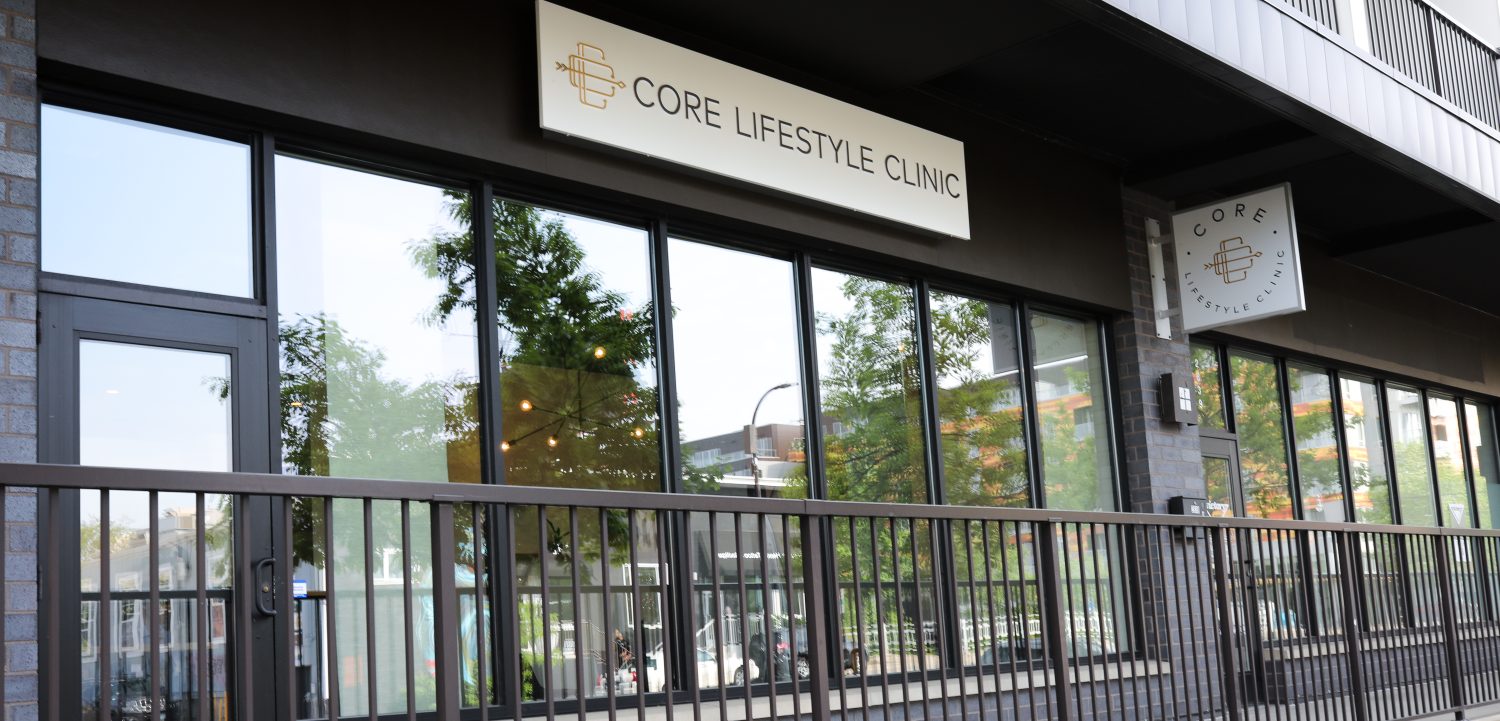Auditory Acuity of self.
I’ve been around the health and fitness industry a long time, which means I’m getting old, but it has allowed me to personally commit all the mistakes I see patients come into the clinic with. For the purposes of this article, let’s call the health, fitness, and food industries the wellness industry. The only constant about the wellness industry is that it’s always changing. Information evolves, trends come and go, and maybe something we thought was “healthy” turns out to be false. Your circumstances play a significant role in how you apply the information and methods available, which like the topic itself, is in a constant state of flux.
So how do we navigate this chaos? Start by understanding that it’s a journey. Be ready to try various methods of self-care, nutrition, and exercise knowing that you’re going to fail and frustrate yourself with things that have worked so well for others. You’re not everyone and you have to find what works with for you AND your circumstances with wherever you are in your life at that time. Don’t give up, keep trying new things, keep learning, keep discovering, and push on.
Now I could write a novel covering each of these industry topics, but I want to focus on exercise for this post and more specifically listening to your body. I have been SO bad at this the past few years and it has been costly. Low back pain, rib pain, knee pain, shoulder pain, neck pain, waking up every day with some sort of ache or pain and continuing to mindlessly train and push my body past its limits. This affects how comfortable I am when I work, when I do recreational activity, and when I’m spending time with my kids.
Why? Unless you’re a professional athlete, isn’t the purpose of exercise and training to better your life outside the gym? Aren’t we supposed to train to build ourselves up not break ourselves down? Sure, there are going to be workouts and training sessions that push you to your limits and you’re going to be sore and beat up but that should be the exception, not the rule. I wouldn’t want to see that go away and I don’t think it has to for you to still maintain an effective fitness routine, improve and push yourself to be a better version of your current self. Intensity and pushing the limits is a critical part of any successful training program. However, in my opinion, depending on your circumstances (sleep, stress, nutrition, self-care, age, recovery, etc) we must pick and choose our battles.
All too often I have a patient present after starting a new training program that they’ve been going 100mph at since day 1 and their body finally hits the brakes and things start to deteriorate. Learning to decipher when your body is telling you to slow down because of mental fatigue vs physical fatigue can be tricky. But if you’ve gone into training 4 days in a row, maxed out your heart rate every session, lifted as heavy as possible, ran as far and as hard as possible, done zero mobility, had no body work done, ate horribly, slept poorly, then chances are that is your nervous system telling you to take it easy. The reason this warning is so critical is as the window of fatigue widens, so does the vulnerability for injury. When it’s broken down it sounds like common sense, but when we are in the heat of the moment surrounded by peers and coaches we tend to push it all aside and go through the motions.
One approach that I’ve really been gravitating towards lately is identifying an intended stimulus prior to working out. Before beginning I take stock on how I’m feeling and try to match my training stimulus to that. How recovered do I feel? Do I have any pain or stiffness? How did I eat this week/weekend? How much did or didn’t I sleep? If the grading on all those questions are positive, then I may attack that workout with full intensity and really push it. If I feel like I’m falling short on a few or all those topics, then I’ll scrap what was planned and reprogram for what I can handle. If the scaling or changes you need to make is going to significantly change the workout in a class setting, then you may need to attend an open gym or workout from home that day. Don’t put yourself in a situation where you’re going to succumb to peer pressure and put yourself at risk for injury or burnout. But if you can make a few small modifications and still be in your class or group setting then go for it, you’re not going to be letting anyone down!
Start practicing this week. Take stock of your overall wellness that day or week and come up with an intended stimulus for your training. Quality movement is going to be the foundation for longevity and nothing derails a training program faster than injury. I’m still learning from my mistakes and I’m looking forward to continuing my journey, now with more acuity to what my 33-year-old body is telling me.
Yours in Health,
Dr. Crane



 Photo by Alex Tubbs of Tubbs Photos
Photo by Alex Tubbs of Tubbs Photos